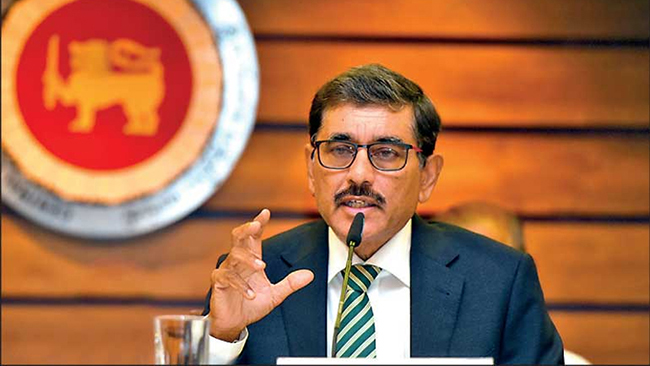Monetary policy transmission to the real economy in Sri Lanka is still incomplete, the governor of the country’s central bank, Dr. Nandalal Weerasinghe, said at a LSEG FX Community Event on Monday (Aug 7).
Weerasinghe said he would like to see private sector interest rates come down further and at a faster pace, adding that the domestic debt restructuring is the most important focus for the debt-laden country in the near-term.
“We would firstly like to see yields drop in line with policy rates and, from there, decline further. We are waiting to see this reaction from markets,” he said.
“Given the downward inflation trajectory we see room to further loosen policy rates.”
Hit by a severe foreign exchange shortage last year, Sri Lanka’s economy crumpled, pushing the central bank to raise interest rates to record levels to counter rampant inflation and currency pressure.
The country secured a US$2.9 billion rescue package from the International Monetary Fund (IMF) in March.
In the last two months Sri Lanka has slashed policy rates by 450 basis points, signalling a focus on growth after the crisis-hit economy contracted by 7.8 per cent last year.
Sri Lanka is on track to post a stronger performance this year than the 3 per cent contraction projected by the IMF, Weerasinghe said.
“Sri Lanka has managed to do better than expected before and we are hopeful that Sri Lanka will once again perform better than the projections.”
Over the past five months Sri Lanka’s economy has stabilised with inflation dwindling to 6.3 per cent in July, from a high of 69 per cent last September, and on track to hit the central bank’s target band of 4 per cent – 6 per cent.
Sri Lanka’s economic stability is also dependent on the upcoming budget, which is likely to be presented to parliament in November.
“Sri Lanka has to ensure that fiscal consolidation and other measures outlined in the IMF program are taken forward in a strong budget. That is very important for Sri Lanka’s recovery to be sustainable,” Weerasinghe said.
Source: Reuters










